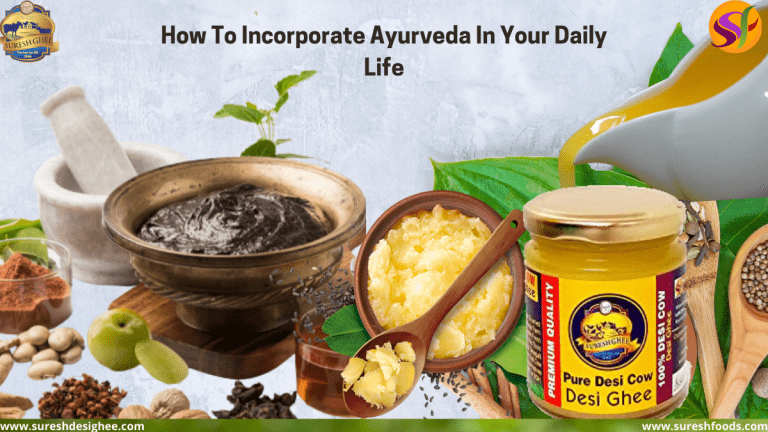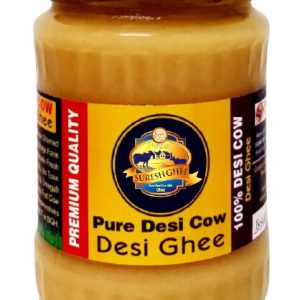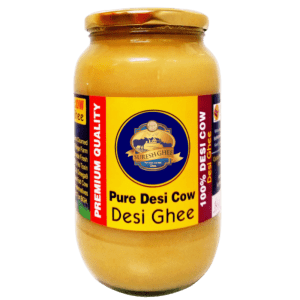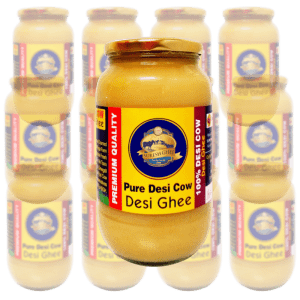Ayurveda is a 5000-year-old medical structure that emerges in the Vedic custom of India. It was forbidden by English residents but is now undergoing a recent rejuvenation, Except yoga and other traditional and medicinal approaches are available to health.
If yoga is an instruction of psychology, spirituality, and mental peace, Ayurveda is an edification of the physical system, wealth, and vitality. Enlightenment of Ayurveda recommended that it is a science of life, which induces four elements: body, mind, soul, and senses.
The base of Tibetan medicine, ancient Chinese medicine, and early Greek medicine fall in Ayurveda, and practitioners aim to structure and balance lifelong health and balance. It offers a framework for daily, weekly, monthly and seasonal schedules that permit people to balance favourable health and vitality.
Test-drive some Ayurvedic postulates today and assemble a note of the contrast you perceive in your energy track, mood, and sleep patterns.
Try making lunch your biggest meal, make daily detoxification practices a priority, incorporate spices into your diet plan, practice mindfully, and take time to set a routine for your day so that you can have peace of mind while you get what you would like to endure.
Select lunch as your biggest meal
Ayurveda is all about schedules: seasonal activity timing, weekly schedules, and daily routine. Ayurvedic consultants will offer that your digestive elements are at their functions at around noon, so it would deliver your health well to scheme your biggest meal at lunchtime.
Although customary wisdom might offer that breakfast is the most essential meal or significantly hearty dinner might offer you, Ayurvedics rule is that eating lighter foods in the morning and the evening is more pleasant with the body’s natural digestive tracts.
Try serving lunch your main course today and keep a note on how much more energy you may have for your afternoon and evening.
Read More : How to use ghee for various home remedies
Make daily detox a priority
Ayurvedic practice teems with exercises that inspire the body to gently detox daily. A customary ayurvedic diet is vegetarian and full of nutritious whole foods with nutrients and fibre and fewer toxins.
Ayurvedic practitioners are very agitated with good digestion, as this is a method to permit the body to accumulate high nutrition from the food that we intake and to balance our consumption of toxins low.
Although not all Ayurvedic experts are vegetarians, all Ayurvedic doctors will inspire you to involve more vegetables, fruits, whole grains, and beans in your diet. Load up on these high water amounts and highly nutritive supplements to inspire you better digestion.
Ayurvedic experts inspire two-yearly detoxifies, which overlap with the inversion of seasons, so program your juice to detoxify wisely. Some other zeal to maximize sting to include in your schedule.
Consume drinking warm water with a freshly squeezed lemon or warm water with a tablespoon of raw honey as a morning elixir. Both drinks not only hydrate the body but provide detoxifying properties to the organs and digestive remedies.
More advanced Ayurvedics will utilize the neti pot for cleansing breathing passageways, the tongue scraper for cleansing toxins from the mouth, and the exercise of oil pulling to clear and freshen the breath.
Daily exercise
Ayurveda is a lifelong operation, and daily practice is an essential part of health and vitality for folks of all ages. Ayurvedic experts offer that you ask your system when selecting the kind of and the potency of the exercise that you are selecting to act in.
In Ayurveda, exercise is practised when you are sick or already feel tired from the venture, work, travel, or study. It also suggests that you are at your most opposed to vigorous activity during the winter and spring, while the heat of summer and fall may deliver you feeling depleted and tired of no apparent cause.
Ayurvedics experts say that you routine your most laborious workouts for the winter and spring on days that you are experiencing strong and vigorous, and select more strict schedules in the summer and fall, or while you are thinking of running down. Many of us suggest that we must unilaterally cane to a certain exercise schedule.
Exercise is very optimal for health standards, but the intensity should be taken care of by themselves peacefully to grasp lifelong health blessings. If you want to be energized, go for it. If you perceive like you want to go on a break.
Organize a daily routine
Ayurveda is all about balancing your body arguments. Organize your daily schedule in progress to develop emotional, and physical tunefulness. Schedule your work time, family time, your physical activity time, and your time to unroll in order to certify that you are qualified to care for yourself to your best capacity.
Many tips are suggested by ayurvedic early bedtime and schedule, so that you may achieve the most yielding morning hours and the most restful sleep out the most restoring health for pre-midnight sleeping schedule.
Meditation in Ayurvedic Science
In Ayurvedic science, Meditation is considered an essential practice to play as an best technique to develop discipline in the mind and body, promoting a state of calmness and peace by reducing the harmful effect of stress and strain. Choosing to meditate immediately after a refreshing and calming bath is particularly effective, as the body tends to be revitalized and cleansed. It supports in controlling desires and serves as a pathway to a protected and fulfilling life. It is beneficial to figure out a quiet space for meditation, free from the disorganization and distractions of the surroundings. Such a secluded setting allows a better attention on breath and the meditation process as a whole.
Physical Activity in Ayurveda
Variations in individuals’ capacity for cautious physical exercise can be associated with the dominance of a particular dosha in each person. Those having a predominant kapha dosha can efficiently occupy themselves in intense exercise routines, while the pitta dosha goes pretty well with moderate exercise. For people having a dominant vata dosha, yoga tends to become a preferred choice. Exercises are broadly categorized into two categories: Active and Passive. Active exercises include muscular activity that tends to increase the heart rate, while Passive exercises pay attention to joint stretches in several directions. A balanced combination of both Active and Passive exercises is considered to be an ideal for attaining optimal benefits.
Ghee – Ayurvedic holy medicine
Ghee is greatly admired in the Indian custom and has been utilized in the medical science of Ayurveda for thousands of years. This substance has many-sided benefits and maybe utilized internally as food and as medicine, or used as a skin moisturizer.
Ghee is commonly utilized as delivering in worship (holy Hindu ceremony) and home (fire ceremony). Ghee is an ample element in Ayurvedic cleansing experiments, while also being highly vital for rejuvenation therapy.
Ghee is not only a healthier option in the diet but can also have a great impact on the towards perceiving.
1. To enhance the potency of herbs:
Desi ghee can be added to a herbal concoction to enhance the absorbency and virtue of the medicine. For even greater effect, the ghee can be induced with the herbs to make the prescribed ghee.
2. To enhance energy and rejuvenation:
Add 1 tsp of honey to 1 tsp of desi cow ghee and wash out with hot water. Intake this every day for a midday pick-me-up, or take as required. For even the best output, one should consume and galvanize a holy medicinal grass-fed cow ghee referred to as Rasayana Ghrita in spite of plain ghee.
In Ayurveda, Shatavari has been utilized in Ayurvedic ghee for centuries, especially for enhancing flexibility, managing joints, etc. Payable to its pleasing characteristics, it can be also utilized for topical values, as an excellent moisturizing bed– especially for Vata and Pitta skin types.
Read More : 5 Reasons To Use Ghee To Transition Seasons
Conclusion:
Ghee is known as a catalyst (anupana) and has the versatile ability to carry the healing characteristics of the medicinal herbs stimulating the seven body tissues (sapta dhatus). This enhances the impacts and healing potency of the herbs confer.
Ayurveda perspectives four types of fats in which desi cow’s ghee is preferred the best. Nowadays, Desi cow’s pure ghee is rare. Therefore, we recommend eating desi pure ghee made by the Vedic method. If you want to buy it just make a visit to our online – https://sureshfoods.com.







 WhatsApp us
WhatsApp us
Naveen m...